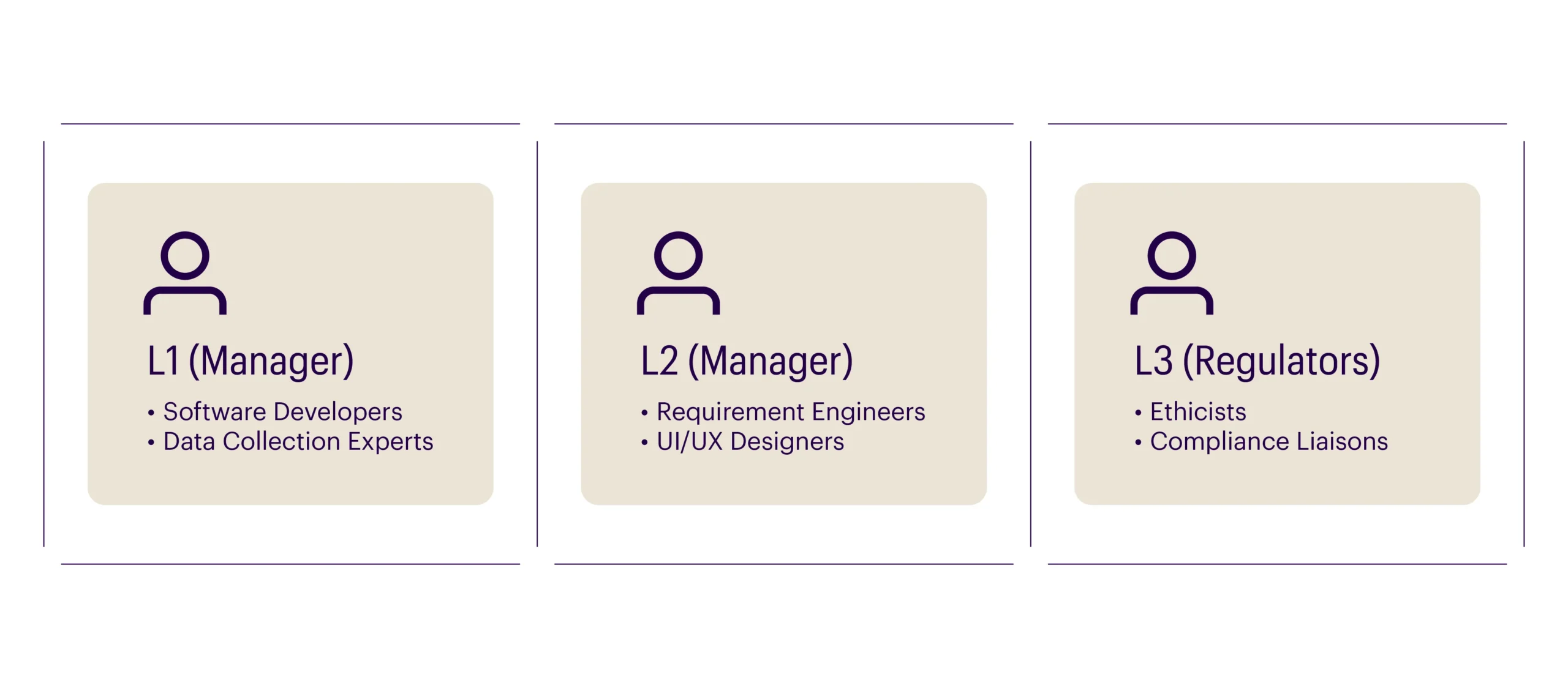The analytics field has significantly evolved since its inception. From manually kept records and static Excel sheets to real-time decision-making, businesses are constantly transforming! Data practitioners of the past were like Swiss Army Knives – adaptable and multi-functional. Just as a Swiss Army Knife can trim nails, open cans, slice vegetables, drive screws, strip wires, or uncork a bottle, data scientists were expected to handle a wide range of tasks.
Nowadays, a professional chef or manicurist would never rely on a Swiss Army Knife. In a similar manner, today’s analytics teams have embraced specialization, and we can anticipate the emergence of new roles in the near future.
To gain a deeper understanding, let’s first explore the essential roles that every analytics team should have.
Key roles for tomorrow's teams:
The demand for big data roles is projected to grow by 5.5% annually compared to other occupations. Let's explore emerging roles.

Software developers:
Ensuring software is both user-friendly and well-documented is crucial, especially for analytics offerings that are product-focused. Skilled developers and testers can enhance the impact of analytics solutions by simply creating more intuitive platforms.
Data collection experts:
Today’s data is often gathered in an inconsistent manner. Frequently, due to collection challenges, only subjects likely to respond positively are selected, compromising data accuracy. Moreover, those who provide feedback usually have either a very positive or extremely negative experience. Take Amazon reviews, for instance – most fall under 5-star or 1-star categories. This pattern prompted Netflix to eliminate its five-star system in favor of percentage-based content recommendations. The emphasis is already shifting toward improving data accuracy.
Requirement engineers:
Data science products need continuous adaptation to keep pace with shifting business dynamics and changing consumer preferences. Hiring a requirement engineer ensures a comprehensive and actionable development process. They can identify subtle customer needs and develop clear strategies for implementation.
UI / UX designers:
Often, stakeholders may not be fully aware of their own needs. Designers have an innate ability to anticipate what makes a platform intuitive. The level of empathy exhibited by UX Designers determines how effectively a platform captures user engagement.
Compliance liaisons:
With GDPR enforcement beginning in May 2018, additional regulations are expected to follow. As more data becomes accessible online, Europe has taken the lead in protecting its citizens, with other regions likely to follow suit. Understanding legal and compliance requirements is no longer negotiable but an essential mandate for using customer data.
Ethicists:
The year 2018 witnessed numerous data breaches and leaks. For the first time, aggressive data collection and its impact on customer behavior have come under ethical scrutiny. Cambridge Analytica disclosed data collection practices but did not clarify its ultimate purpose.
The credibility of American elections is now under question due to data collection practices. Ethicists can play a vital role in such scenarios, helping to prevent large-scale PR crises by better understanding consumer concerns.
Conclusion:
It’s time to retire the organizational Swiss Army Knife approach. The future presents endless opportunities to specialize and enhance efficiency. Is your team ready?
Resources:
Ramachandran, Shalini, and Joe Flint. “At Netflix, Who Wins When It’s Hollywood vs. the Algorithm?” The Wall Street Journal, November 12, 2018. https://www.wsj.com/articles/at-netflix-who-wins-when-its-hollywood-vs-the-algorithm-1541826015.